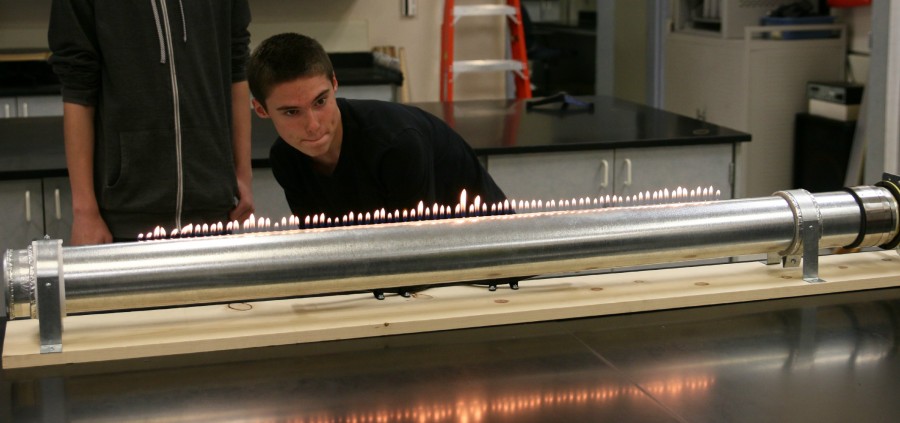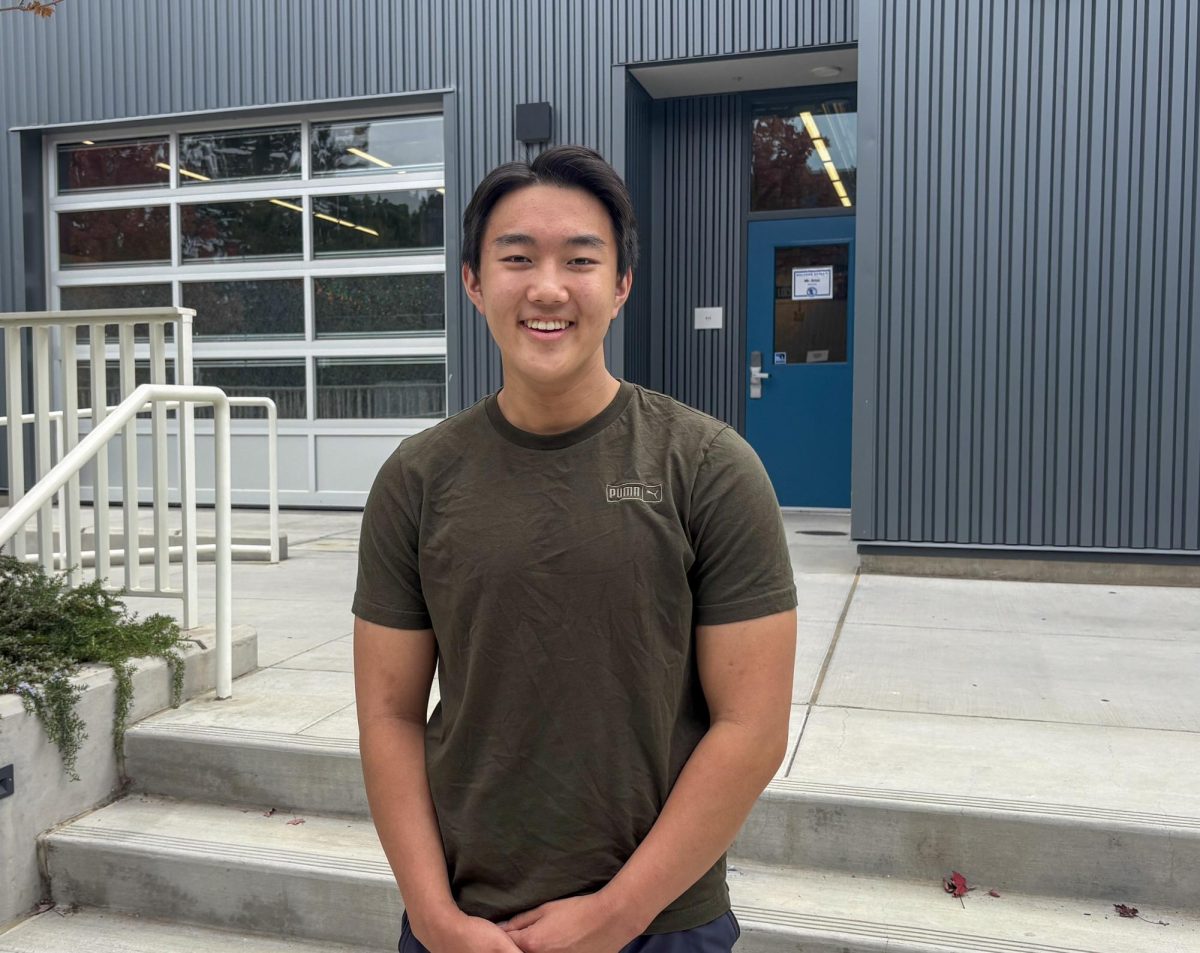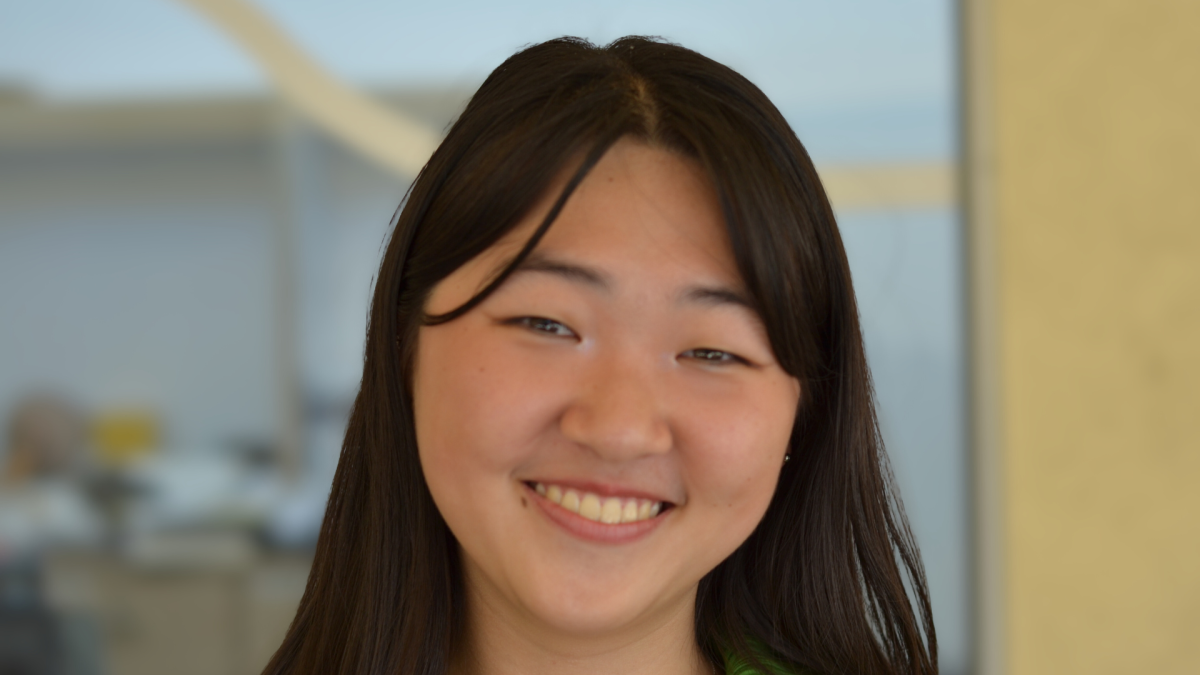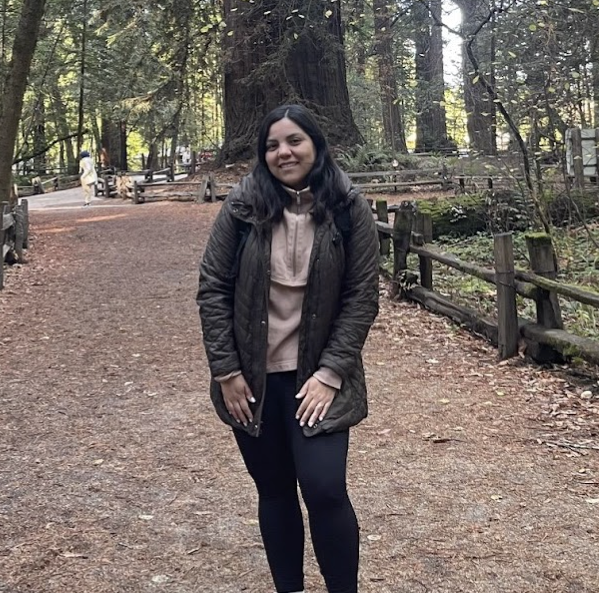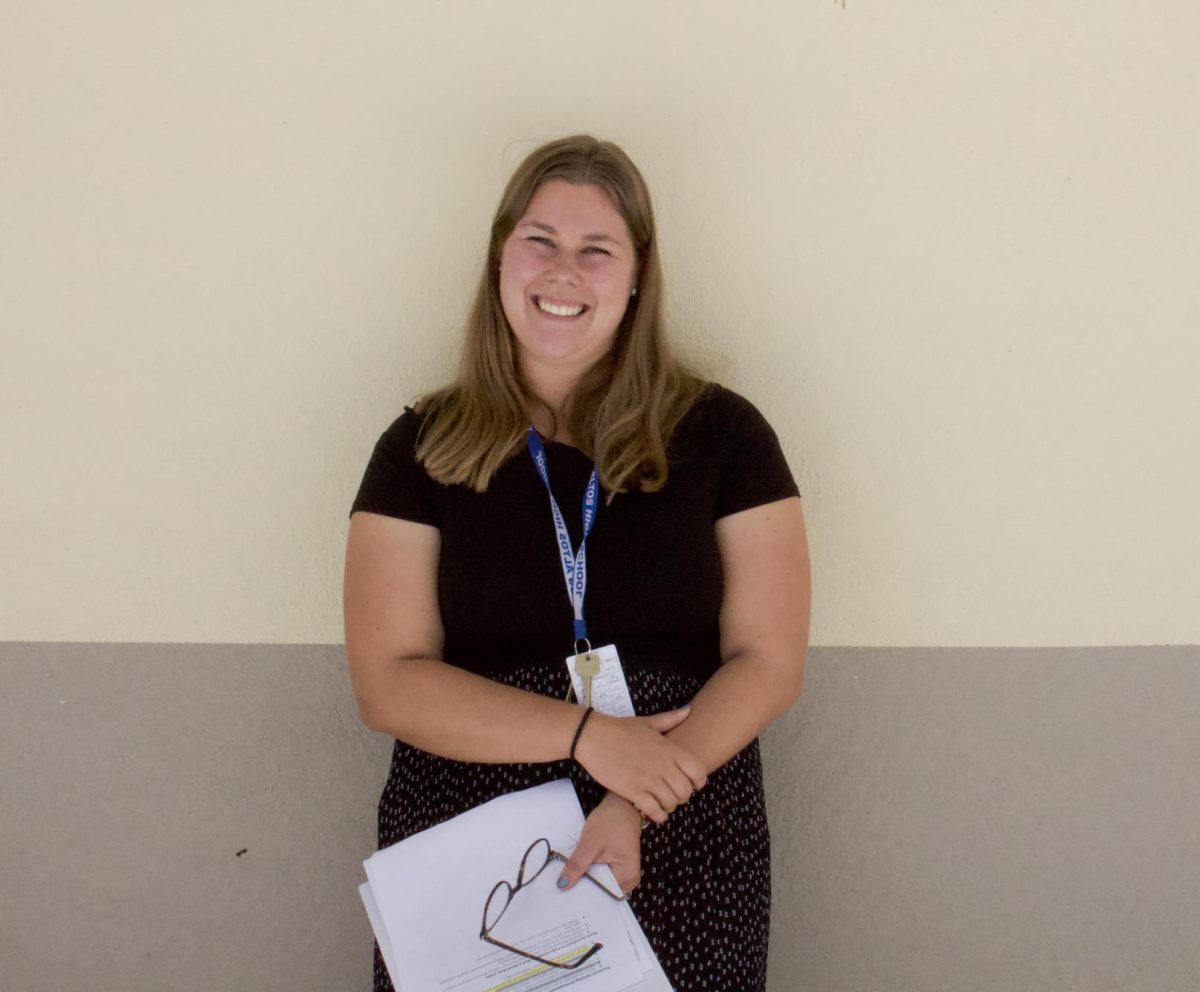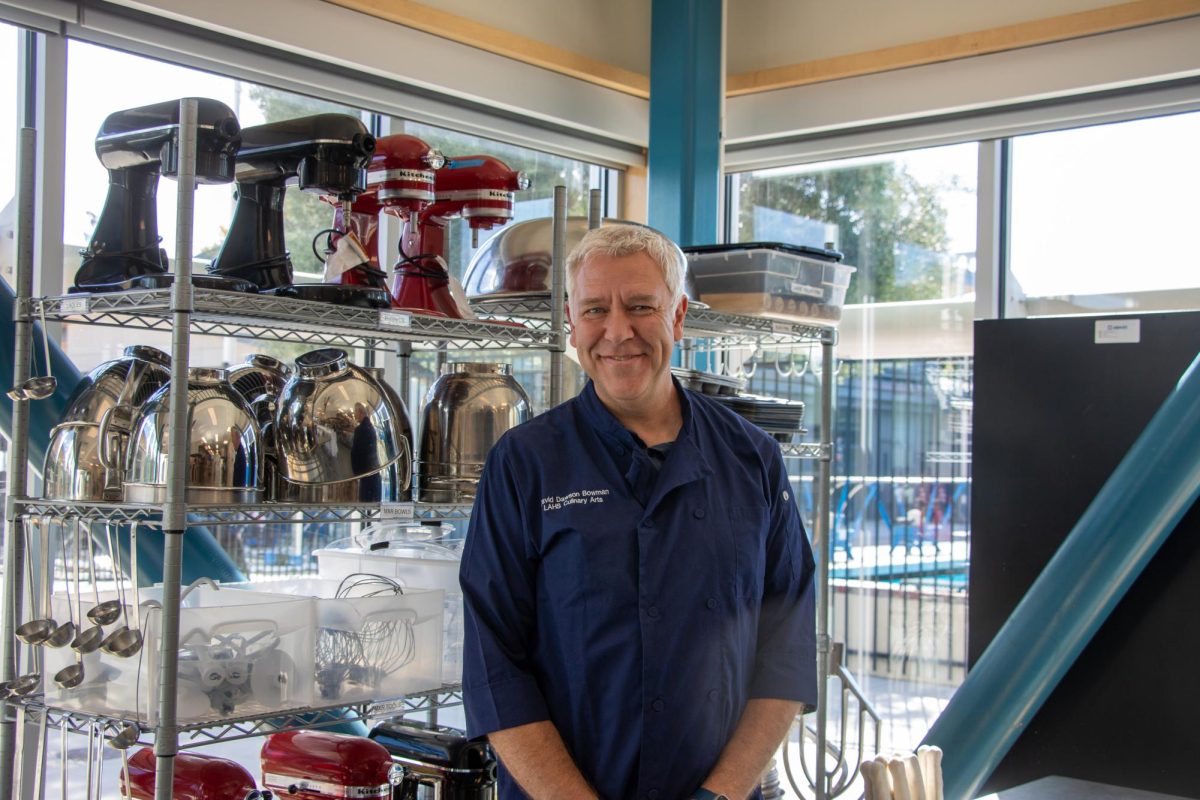For many, music is sound; however, for the Science and Engineering Team (SET), it’s much more than that—it’s sound waves. These sound waves cause the flames on top of the Rubens’ tube to dance in height, creating a spectacular show in a dark classroom.
For the past few months, SET worked on building a Rubens’ tube, a physics apparatus in which flames shoot out of holes drilled into a tube. Two weeks ago, the team successfully completed and tested the tube during a Wednesday lunch period.
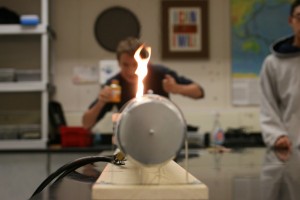
Many students crowded the classroom that day with their cellphone cameras in hand, eager to see the tube tested.
“I think that this team has incredible potential,” junior Jim Hollingworth said. “We’ve been lucky enough to have the supplies and involvement to make some really cool, abstract ideas into functioning projects. Each meeting is exciting—it never feels like another class.”
A Rubens’ tube is sealed at both ends with perforated holes on top. Students pump flammable gas into the tube and then light the gas on fire, creating flames that shoot out of the holes. At one end of the tube, a speaker emits sound waves of varying frequency through a flexible membrane, which changes the gas pressure within the tube and causes the flames to vary in height.
Because of the presence of fire, students were meticulous in their safety precautions, checking the seals and keeping a fire extinguisher nearby. While making the main tube, the drilling process was done with great care and with a teacher present.
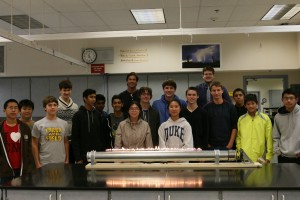
“The point of [all the safety measures] for the tubing is that there is no gas leak,” club president junior Paul Dennig said. “We’re working with flammable gas, and safety is first as always. We’re building something really cool, but really dangerous as well.”
The process of building the tubing spanned several months, but the group managed to pull through to create their masterpiece. Funded by the science department, SET members bought supplies from common hardware stores such as Home Depot. Led by Paul, the project took form extremely quickly after the brainstorming of the initial idea. However, the group faced several barriers.
“Although we were especially careful with the gas and gas leakages, we did not anticipate the tube expanding as much as it did from heating up,” Paul said. “Fortunately, after testing [before the team meeting], we found that the tube had crinkled a little bit and we were able to fix the problem before the demonstration during the meeting.”
Not only did the science department fund the project, but it also plans to use the tube as a practical demonstration to teach students about sound waves.
“Hopefully students will get the chance to see this if they are taking [a science class],” Paul said. “The idea is that this tube will last 20 years. That’s the benchmark for the kind of projects we want to produce in the future.”
Looking forward, SET plans to make FM radios to sell at the Holiday Faire. These radios will be built from scratch so that members of the team can learn the basics of circuit boards. Not only will the radios raise funds for the team, but they will also teach members how to use circuits for the team’s next project: drones.
“We’ll cover a lot of ground and hopefully have a really cool end product that everyone can enjoy and feel proud of,” Paul said. “What this club is at the moment is really a testimony that building things can be a community hobby that inspires us to create.”



